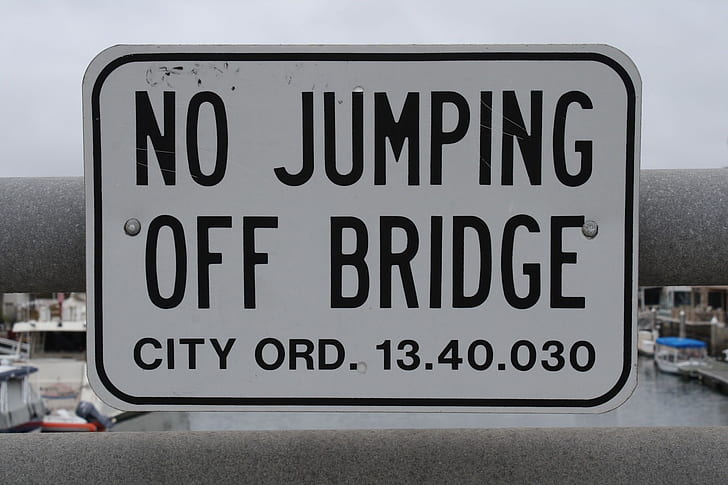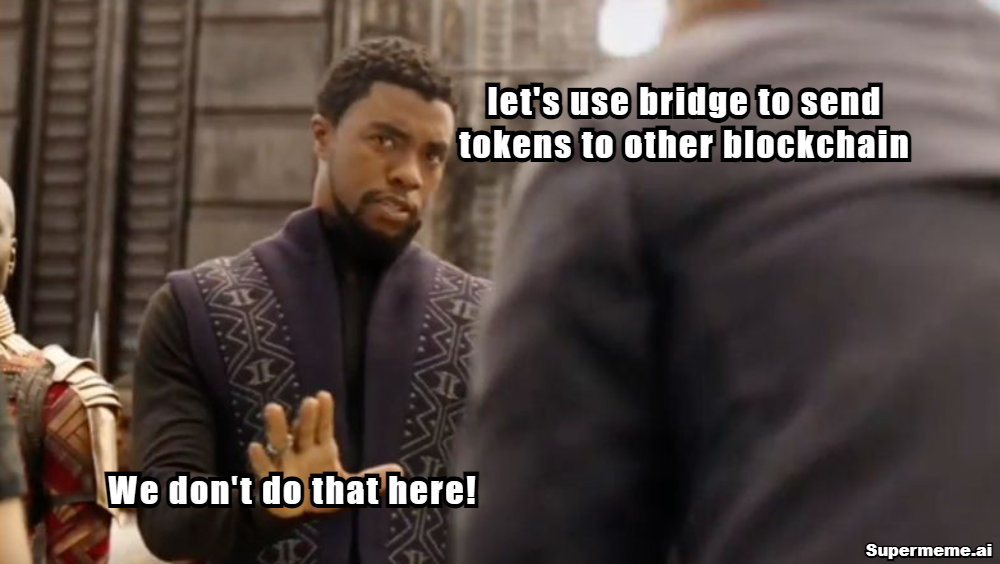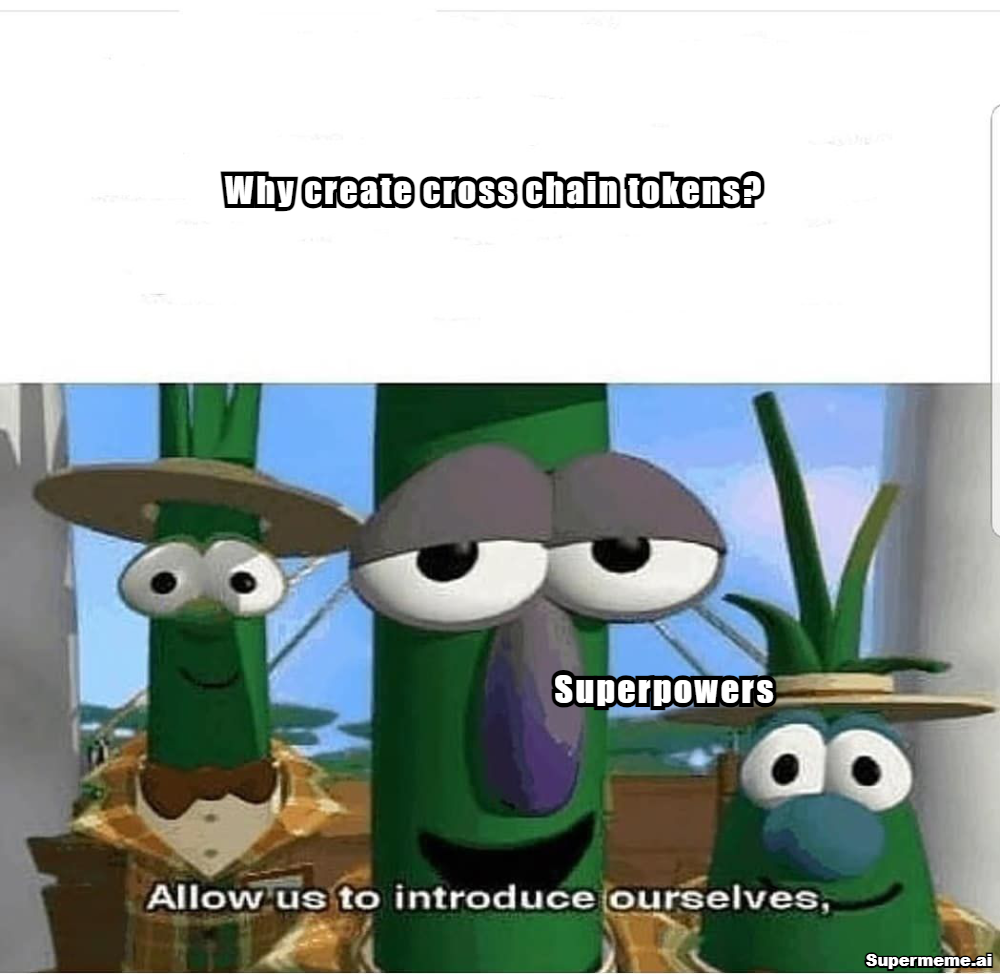Cross-chain token transfer made simple, no bridge needed.
 Rushikesh Jadhav
Rushikesh Jadhav
As the push for a more unified blockchain experience continues, the need for omni-chain tokens that can seamlessly transfer across multiple chains has become increasingly clear. Current trends in token and native currency bridging volumes highlight this growing demand.
While the amount of tokens being bridged increases daily, the user experience is still far from ideal. Some bridging protocols do a decent job by leveraging cross-chain messaging and liquidity pool management, but let’s be honest — there’s room for improvement. We can make it faster and smoother.

Cross/omni-chain token standards
To make tokens composable across multiple chains, various cross/omni-chain standards have emerged. Some of the key standards from major protocols are:
These standards come with built-in functions for transferring tokens across different chains. However, they primarily cater to new or upgradable tokens. If you're dealing with non-upgradable tokens already in circulation, these may not be as helpful.
Fortunately, other services address this by offering multichain solutions for both new and existing tokens:
These services provide on-chain and off-chain components that help scale your tokens across multiple chains.
Now, let’s dive into the details of these token standards and services.
Zetachain’s ZRC20
The ZRC20 tokens standard is a multi-chain ERC20 token.
ZRC-20 is an enhanced token standard on ZetaChain's omnichain smart contract platform, enabling seamless integration with native assets across multiple connected blockchains.
Built on ERC-20 with additional functionalities, ZRC-20 supports omnichain dApps, such as DEXs, lending platforms, and portfolio managers, by allowing developers to manage tokens on different chains from a single interface. The IZRC20 interface introduces functions for depositing and withdrawing assets across chains, making ZRC-20 fully compatible with ERC-20 while adding native cross-chain functionality.
Layerzero’s OFT/ONFT
The following are standards for Multichain ERC20 and ERC721 tokens that are transferrable across the chains.
OFT & ONFT: Omnichain Token Standards with LayerZero
The Omnichain Fungible Token (OFT) and Omnichain Non-Fungible Token (ONFT) standards allow seamless token transfers across multiple blockchains without the need for asset wrapping or middlechains.
These standards leverage LayerZero's cross-chain messaging protocol to burn or lock tokens on the source chain and mint or unlock them on the destination chain, maintaining a unified token supply across all supported networks. While OFTs focus on fungible tokens, ONFTs extend the same principles to non-fungible tokens, making cross-chain interoperability simple and efficient.
Wormhole’s NTT
Wormhole's Native Token Transfers (NTT) is an open-source framework that allows tokens to be transferred across blockchains with full control over token behavior, including standards, metadata, and custom features.
NTT offers two modes of operation:
locking mode: where the token supply is maintained on a single chain burning mode: which distributes the supply across multiple chains.
NTT supports two deployment models:
Hub-and-Spoke: Tokens are locked on a central hub chain and minted on destination spoke chains. This model preserves the supply on the hub chain and is ideal for existing token deployments.
Burn-and-Mint: Tokens are burned on the source chain and minted on the destination chain, simplifying multichain transfers and enabling native multichain tokens.
Axelar’s Interchain token service (ITS)
Axelar’s ITS utilizes token manager contracts to enable different types of interchain tokens.
Token Managers are smart contracts that connect interchain tokens to Axelar’s Interchain Token Service (ITS). Each type of token manager corresponds to a specific integration model, enabling flexibility in managing token behavior during cross-chain transfers. Below is a brief discussion of the different types of token managers:
NativeInterchain
This manager is used for tokens deployed directly through ITS, often via the frontend portal. It manages native tokens across multiple chains without requiring additional contracts.Mint/BurnFrom
This type allows tokens to be burned on the source chain using theburnFrom()function and minted back when transferred to the original chain. The token contract must grant the manager approval to perform these actions.Lock/Unlock
Tokens are locked on the home chain, and a wrapped version is created on remote chains. The lock/unlock model ensures a single canonical token supply, ideal for tokens with a designated home chain.Lock/UnlockFee
Similar to the lock/unlock manager but with an added feature allowing developers to set a fee for cross-chain transfers. The fee is deducted from the transferred tokens.Mint/Burn
The most commonly used manager for tokens without a home chain. Tokens are burned on the source chain and minted on the destination chain, maintaining a unified token supply across chains.Gateway
This manager is designed for tokens integrated with the AxelarGateway.
Why Should You Create Omni/Multi-Chain Tokens?

(Because Who Doesn’t Like Superpowers?)
Imagine you’re a superhero. You’ve got all these amazing powers on one planet. People love you, and you’re doing great things. But then you hear about other planets, places where your powers could work, but... they don’t. Instead of being the hero across the galaxy, you’re stuck on your home turf, waving goodbye to opportunities like intergalactic fame, cosmic pizza, and multi-dimensional selfies. (Tragic, right?)
Now, this is where omni/multi-chain tokens come in. They’re like giving your superhero self the ability to teleport to any planet (or blockchain) without needing a whole new superhero suit (or token wrapping). Here’s why that’s awesome:
More Fans, More Fame
Why be the hero of just one city when you can be famous in multiple universes? With omni-chain tokens, your dApp can reach users across different blockchains, like showing up at a party on Mars, then teleporting to Venus for an after-party, all in one night.No More Middlemen
You know how in some superhero movies, the hero has to stop and get permission from some government official or cosmic council? Omni-chain tokens don’t need that. You move directly across chains without asset wrapping, middlechains, or stopping for bureaucracy. It’s like flying over all the traffic (but with tokens).Unified Supply Across Chains
When you’re on multiple planets, your powers aren’t diluted. Omni-chain tokens maintain a single, unified supply, so there’s no “I left half my powers on Earth” problem. Whether your tokens are being used on Ethereum, Polygon, or the latest hot blockchain, the supply is in sync everywhere. No duplicates, no chaos, just pure token awesomeness.More dApp Opportunities
Why limit yourself to just one chain’s possibilities? With multi-chain tokens, you can build cool stuff like omni-chain DEXs, lending platforms, and even cross-chain portfolio management apps. It’s like having an all-access pass to every event in the multiverse. You get to do all the things, everywhere.Future-Proofing Like a Pro
The blockchain universe is constantly evolving. By creating omni/multi-chain tokens, you’re preparing for whatever crazy blockchain trend comes next. It’s like having a super suit that upgrades itself every time a new planet appears.
So, what are you waiting for? Don’t just be the hero on one blockchain—be the superhero across them all. Make your tokens omnichain and conquer the cosmos... or at least the DeFi space. Same thing, really.
Conclusion
In a rapidly evolving blockchain landscape, the ability to transfer tokens seamlessly across multiple chains is not just a fancy feature rather it's a necessity. Omni-chain tokens offer unparalleled advantages, from enhanced user experiences to unified token supplies across diverse ecosystems. By embracing standards like ZRC20, OFT, ONFT, and leveraging services such as Wormhole NTT and Axelar’s Interchain Token Service, developers can unlock new opportunities for their decentralized applications.
As you consider the potential of omni-chain tokens, remember that the blockchain universe is filled with possibilities. Whether you aim to expand your user base, streamline transactions, or future-proof your projects, these innovative token standards pave the way for a more interconnected and efficient DeFi landscape. So, take the plunge into the world of omni-chain tokens and watch your blockchain dreams soar across galaxies—one transaction at a time!
Subscribe to my newsletter
Read articles from Rushikesh Jadhav directly inside your inbox. Subscribe to the newsletter, and don't miss out.
Written by

Rushikesh Jadhav
Rushikesh Jadhav
Innovative Smart Contract & Backend Developer building cross-chain interoperable smart contracts and Dapps. With over a year of hands-on experience in smart contract and backend development, I’m passionate about transforming blockchain technology into powerful, user-friendly solutions. My expertise lies in developing cross-chain decentralized applications that streamline interactions and enhance user experiences. From designing upgradeable smart contracts to optimizing token strategies and developing dynamic algorithms, I thrive on solving complex challenges and delivering impactful results. My work has led to significant improvements in user returns and project rankings, reflecting my commitment to innovation and excellence. I’m all about making blockchain technology more accessible and effective. Let’s connect and see how we can push the boundaries of blockchain together! 🚀